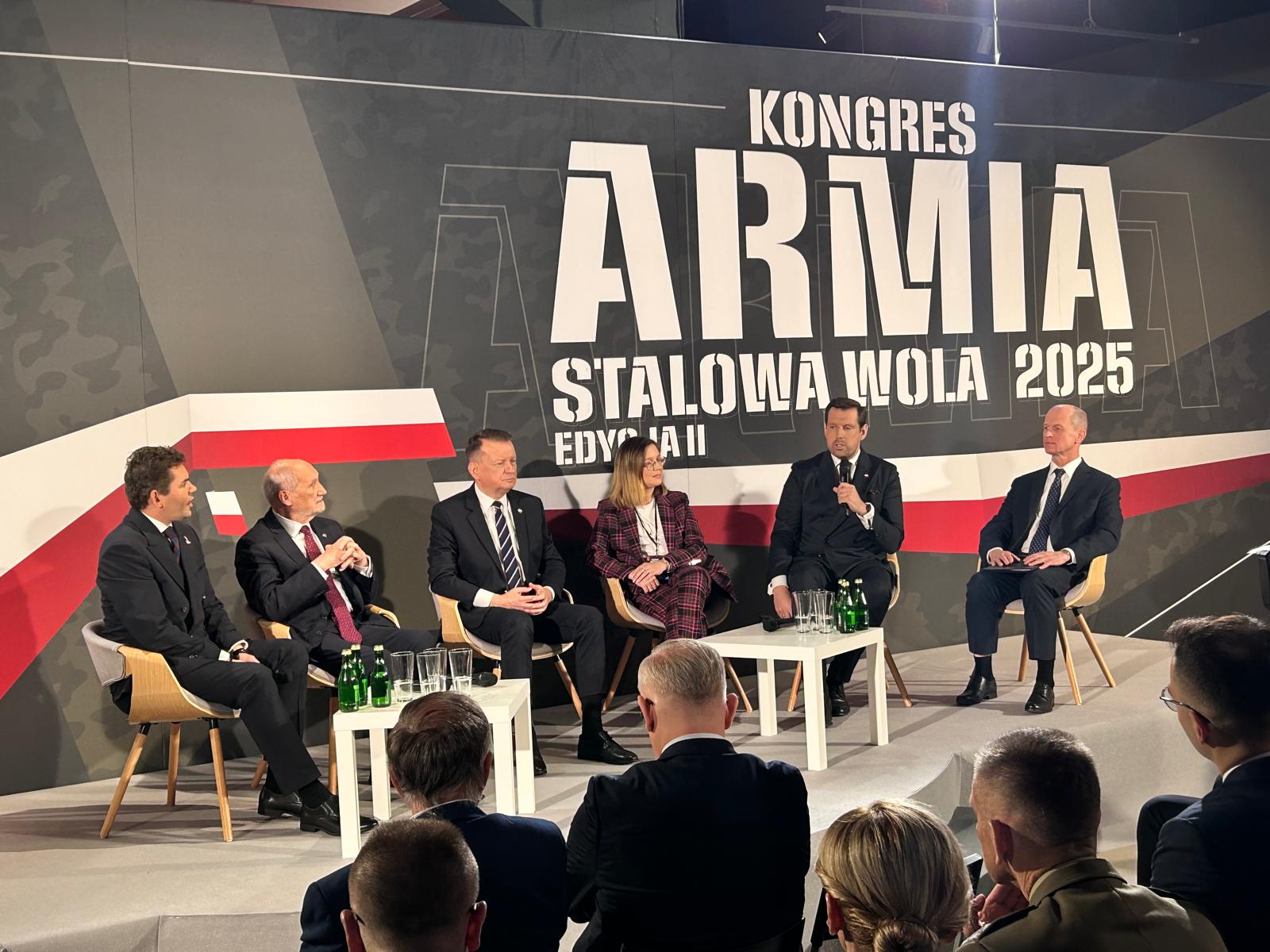The Polish economy has been very strongly associated with coal for decades, both in terms of the mining sector, energy production, heat and the use of coal in industry. As early as 1990, 98% of electricity generated in Poland came from hard and brown coal, which was justified in the rich resources of this raw material.
Since then, Polish energy systematically introduces energy sources other than coal, which forces the European Union restrictive climate policy in the industry. The development of wind and sunny energy caused that the pace of changes in the Polish energy sector has accelerated rapidly. In 2024, renewable energy sources (RES) were responsible for 29.6% of electricity production, which is an increase of 2.3% compared to 2023. In the same period, the share of coal in the energy mix fell to 57.1%, reaching the lowest level in history.
Energy transformation has become a fact and Poland must actively participate in it as it did in 2016-2023, when there was an increase from 7.1 GW to 28.8 GW of installed power in renewable sources, although they will never give us stable energy supplies. Thanks to this, there was a breakthrough change in the energy sector, which caused that the electricity today does not flow only to us but also from us with the development of the prosumer market
Nevertheless, we know that Polish energy transformation will fail without nuclear energy.
Nuclear power plants will become the basis for Poland's energy security in the future. This is favored by the decision of the European Parliament, which voted to treat nuclear energy as a zero-emission-green technology, which opens the possibility of supporting it by the state.
It is a pity that the plans today responsible for energy security in Poland were limited to the construction of only two nuclear gyms, although not yet officially accepted. The Dispatural Polish Energy Plan 2040 assumed that even seven large -scale power plants could have been built in Poland.
It is worth noting here that 1: 1 power installed in a nuclear power plant and renewable source cannot be compared. The former are able to work practically continuously with full power, providing a certain amount of energy to the energy system in a predictable way. RES sources work with variable power depending on weather conditions, so you can not base energy security on them because they are unstable in contrast to nuclear power plants that work continuously and their life is estimated for up to 100 years!
Currently, work is underway in Poland regarding the construction of only one Lubiatowo-Kopalino power plant on the Baltic Sea and discussions are underway regarding possible construction and location for the second investment. Will the project initiated by PGE/PAK will continue in cooperation with the Korean side and KHNP? Will a new player from France appear, EDF?
The Lubiatowo-Kopalino project called "government" implemented by Polish Nuclear Power Plant SA is to be built based on American AP1000 technology supplied by Westinghouse. Ultimately, three blocks with a power of 1250 MW are to be built there. The planned location of the power plant in Pomerania means an important and stable energy source for the entire region, whose energy security currently depends largely on the power plants located in southern and central Poland.
The project assumed the construction of the power plant in 2026, and the first electricity to the network in 2033. Meanwhile, the start of construction is to take place according to official information in 2029 and the dates of energy administration is not administered.
Parallel to the government project, a project initiated by Polish companies PGE and Z PAK (Polsat Grupa) and Korean KHNP were implemented. The project was to complement Poland's plans included in the Polish nuclear energy plan and the Polish energy policy 2040 regarding energy transformation and the use of nuclear energy for this purpose. PGE, that PAK and KHNP signed in Seoul, in October 2022 a letter of intent regarding the construction of a nuclear power plant. A preliminary construction plan was prepared based on Korean technology and construction in the first phase of two APR1400 blocks of 1,400 MW each. After the analysis, the plan was supplemented with additional applications and assumptions. The culmination of this process was the signing of an agreement by PGE and PAK regarding the creation of a special purpose company that represented Polish partners in relations with KHNP in the investment and before offices. The investment obtained a fundamental decision issued by the then Ministry of Climate and Environment, which opened the way to continue the investment and obtain further administrative decisions. Electricity from the first block was to flow in 2035, while from the second block until 2040. Polish PGE plans, that PAK and Korean KHNP initially foresee in the first phase the construction of two nuclear blocks based on Korean ARP 1400 technology, giving a total of 2,800 MW of installed power. According to the assumptions, the power plant was to provide 22 TWh of energy a year, which corresponds to 12% of today's demand. The power plant was to be located in the Konin region in Pątnów and this choice was also not accidental. The no longer operating Węglowa Power Plant is located here. The existing transmission infrastructure to remove energy to the power grid was to be used.
Meanwhile, the Pątnów project was detained without giving reasons and Polska Grupa Energetyczna provided information that it attempted to redeem shares in PGE/Paka SA, from Polsat Group and "possible" which requires emphasizing, continuing this project in the unprofessional future
As early as 2023, so at the end of the term of the previous government, it was planned to start preparations for the implementation of the third power plant. Bełchatów was mentioned as possible places of this investment, i.e. the place of locating the currently largest conventional power plant in Europe for brown coal belonging to PGE SA TA power plant, just like other coal sources will be turned off in the future and the new nuclear power plant could use ready -made transmission infrastructure. The location of the third power plant in Bełchatów or another location, where coal energy is currently produced, would not only be logical from the point of view of planning energy investments, but also the transformation of regions currently strongly economically dependent on conventional energy. The construction of the power plant would create new jobs throughout the entire construction period and several dozen years of operation.
Today, however, Bełchatów is served as a competitive location for Pątnów Power Plant.
The construction of only two nuclear power plants will not meet the energy needs of Poland. Already today, Polish electricity networks, the national electricity distribution operator, is alerting that this year in the national electricity network there may be 1.4 GW of power, and in 10 years the production gap may reach 6.8 GW!
It will be necessary to implement further such investments. In my opinion, Poland needs 7-8 large-scale nuclear power plants. Due to the specificity of their construction, the implementation of these projects should start before the completion of currently planned units. Currently, there is a time when you can make decisions to initially choose the location, as well as conducting all preliminary analyzes, including geological and environmental research, so as to confirm the possible locations of subsequent investments. This will shorten the longest phase of implementation in the future, i.e. investment preparation, implementation of research and obtaining administrative decisions.
Today, the most important thing is to continue to continue their work. The pace and way of approaching us in the future the security of energy supplies and at the same time a struggle to maintain the competitiveness of the Polish economy arouses great concern for energy and economic experts. Will current decision -makers will have determination to continue the process of building nuclear energy in Poland, or will it be just a game of appearances?
This time will show?
The construction of nuclear energy should be an element of supra -party consent, because it is not a project for one parliamentary term.




